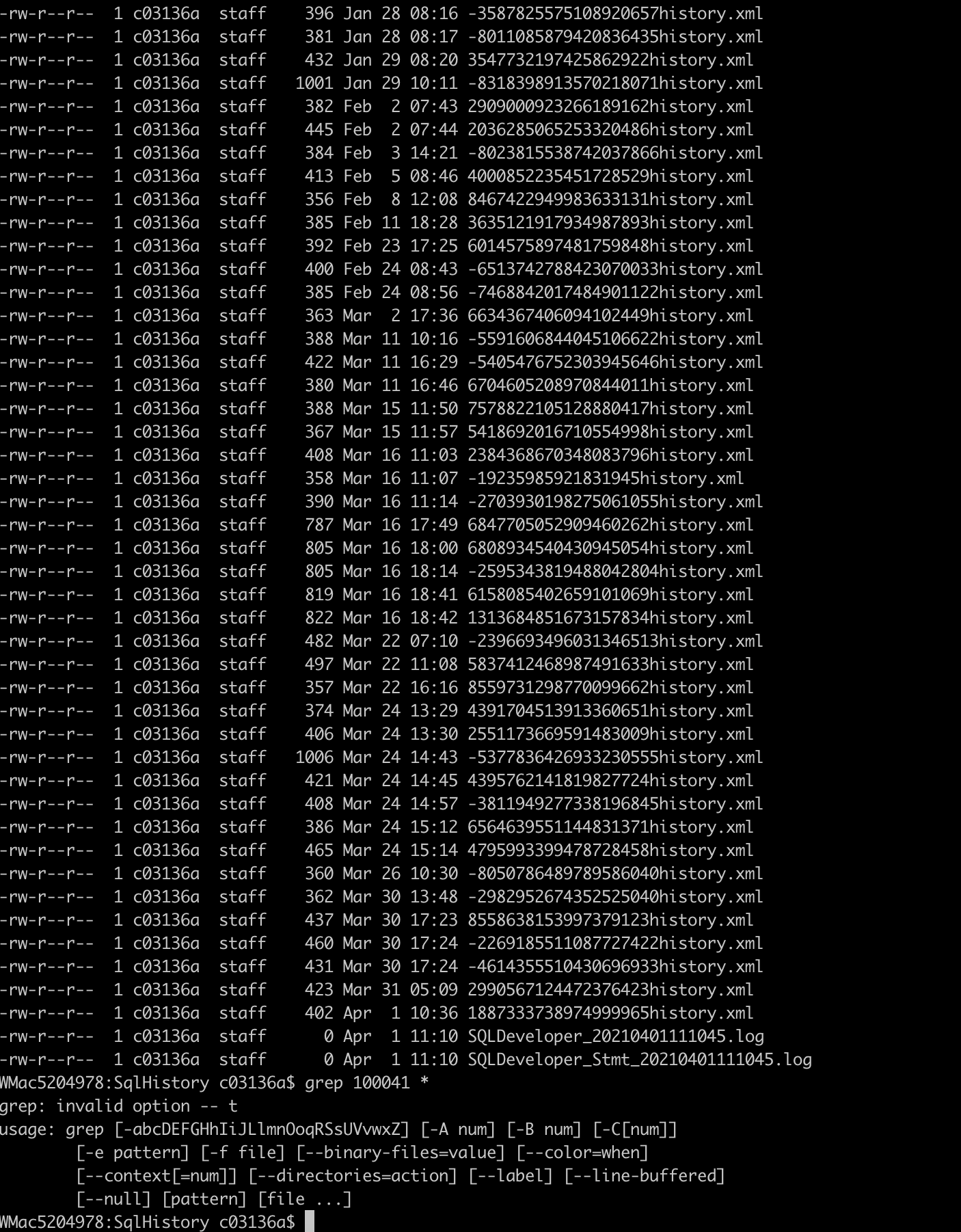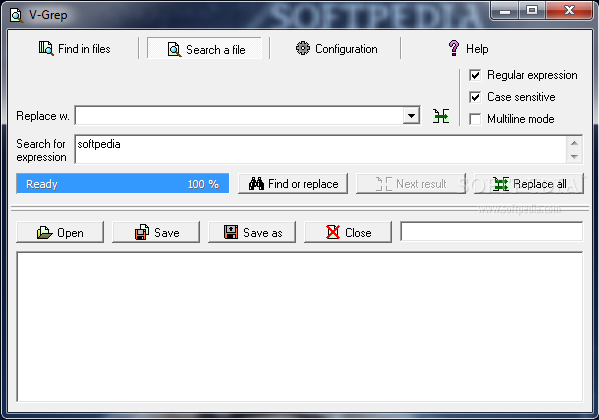

Remember to regularly back up your ~/.bashrc file to preserve your settings, and don’t hesitate to explore the man pages ( man bash, man history) for more in-depth information.
Windows bash grep to search history how to#
By understanding how it works and how to configure it, you can ensure that you never lose a command again. In conclusion, the Bash history is a powerful tool that can help you keep track of the commands you’ve entered. This command will display all the instances of the specified command that exist in your Bash history. To search for a specific command in your Bash history, you can use the history command followed by grep and the command you’re looking for. shopt -s histappend ensures that when the history file is written to, it is appended to, not overwritten. history -r reads the history file and appends the contents to the history list. history -a appends the history lines from the current session to the history file. The PROMPT_COMMAND variable holds a command that will be executed just before the prompt. export PROMPT_COMMAND='history -a history -r' To make all your terminals share the same history, you can add the following lines to your ~/.bashrc file. This means that a command entered in one terminal window will not appear in the history of another terminal window until the first terminal window is closed. If you’re using multiple terminal windows, each window has its own history buffer. source ~/.bashrc Sharing History Across Terminals Then, run the following command to apply the changes.

HISTFILESIZE is the maximum number of lines contained in the history file (10000 in this case).Īfter editing the file, save and close it. while the command itself is arbitrary and cannot be subject to the check mode.
Windows bash grep to search history windows#
In this example, HISTSIZE is the number of commands to remember in the command history (5000 in this case). For Windows targets, use the module instead. If these lines do not exist, you can add them at the end of the file. nano ~/.bashrcįind the lines that set HISTSIZE and HISTFILESIZE and increase their values. You can increase these values by editing your ~/.bashrc file. If you find that commands are missing from your Bash history, it could be because the HISTSIZE and HISTFILESIZE values are set too low. If the number of commands exceeds these values, the older commands will be removed from the history. The number of commands that Bash history can store is determined by the HISTSIZE and HISTFILESIZE environment variables. ) This is documented under 'Searching' in man bash. (If Ctrl S doesn't work that way for you, that likely means that you need to disable XON/XOFF flow control: to do that, run stty -ixon. To search backwards in the history, type Ctrl S instead. However, the Bash history is not unlimited. Keep typing Ctrl R and bash will cycle through previous matching commands. This list can be navigated using the up and down arrow keys, and specific commands can be searched using the history command followed by grep. Bash history is a function provided by the Bash shell that stores the list of commands a user has entered. If you see inaccuracies in our content, please report the mistake via this form.Before we delve into the retrieval process, let’s understand what Bash history is. If we have made an error or published misleading information, we will correct or clarify the article. Our editors thoroughly review and fact-check every article to ensure that our content meets the highest standards. Our goal is to deliver the most accurate information and the most knowledgeable advice possible in order to help you make smarter buying decisions on tech gear and a wide array of products and services. ZDNET's editorial team writes on behalf of you, our reader. Indeed, we follow strict guidelines that ensure our editorial content is never influenced by advertisers.

Neither ZDNET nor the author are compensated for these independent reviews. This helps support our work, but does not affect what we cover or how, and it does not affect the price you pay. When you click through from our site to a retailer and buy a product or service, we may earn affiliate commissions. And we pore over customer reviews to find out what matters to real people who already own and use the products and services we’re assessing. We gather data from the best available sources, including vendor and retailer listings as well as other relevant and independent reviews sites. ZDNET's recommendations are based on many hours of testing, research, and comparison shopping.


 0 kommentar(er)
0 kommentar(er)
